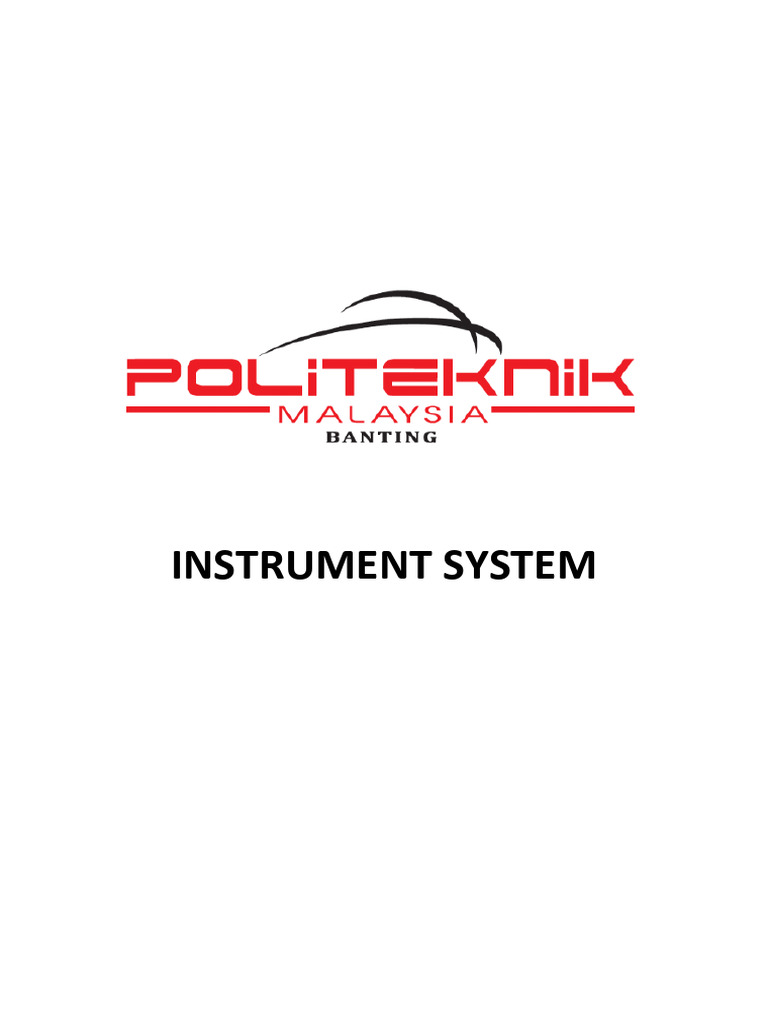In the realm of atmospheric sciences, the study of Earth’s atmosphere is paramount for understanding weather patterns, climate dynamics, and environmental changes. This complex system is monitored using an array of sophisticated instruments, each tailored to measure specific atmospheric parameters. This article elucidates the various instruments that play pivotal roles in atmospheric measurement and analysis.
1. Introduction to Atmospheric Instruments
Atmospheric measurement tools can be categorized based on the phenomena they quantify. From temperature and humidity to atmospheric pressure and chemical composition, the instruments employed in meteorology and climatology are varied and specialized. This article will systematically explore these instruments, articulating their functions and significance in atmospheric research.
2. Thermometers: The Basics of Temperature Measurement
Perhaps the most rudimentary yet essential instrument is the thermometer. This device measures temperature, a critical parameter in understanding weather conditions. Modern thermometers come in various forms, including digital, mercury, and bimetallic options. Digital thermometers utilize electronic sensors to provide rapid and accurate readings, while traditional mercury thermometers operate on the principle of thermal expansion of liquids. Accurate temperature readings are vital for weather forecasting and climate models.
3. Barometers: Atmospheric Pressure Monitoring
Barometers are instrumental in measuring atmospheric pressure, an essential indicator of weather changes. There are two main types of barometers: mercury and aneroid. A mercury barometer consists of a glass tube filled with mercury, which rises and falls with changes in atmospheric pressure. In contrast, aneroid barometers utilize a flexible metal container that compresses or expands with pressure variations. Understanding pressure trends aids meteorologists in predicting weather patterns; for instance, falling pressure often signals an approaching storm.
4. Hygrometers: Assessing Humidity
Humidity is a critical factor in meteorological studies, influencing precipitation, cloud formation, and temperature. Hygrometers serve this purpose, measuring the moisture content in the air. Various types of hygrometers exist, including psychrometers, capacitive hygrometers, and resistive hygrometers. A psychrometer employs two thermometers—one dry and one wet—to calculate relative humidity based on the evaporation rate from the wet bulb. In contrast, capacitive hygrometers measure changes in electrical capacitance caused by moisture absorption by a hygroscopic material. These instruments are essential in climatology and agricultural meteorology.
5. Anemometers: Measuring Wind Speed and Direction
Wind is a crucial component of atmospheric dynamics, and anemometers are the instruments designed to measure its speed and direction. There are several varieties of anemometers, including cup, vane, and hot-wire types. Cup anemometers consist of three or four cups fixed to a horizontal arm; as wind blows, it causes the cups to rotate, allowing for speed calculation. Vane anemometers involve rotating blades aligned with the wind direction, while hot-wire anemometers measure the cooling effect of wind on a heated wire. Understanding wind patterns assists in weather prediction and aviation operations.
6. Ceilometers and LIDAR: Cloud Height and Atmospheric Profiling
Ceilometers are specialized instruments that determine cloud height by emitting laser pulses and measuring the time it takes for the reflections to return. This data is critical for aviation, meteorology, and environmental monitoring. Similarly, LIDAR (Light Detection and Ranging) technology employs laser light to create detailed three-dimensional maps of the atmosphere, enabling the analysis of aerosols, greenhouse gases, and even wind profiles. These advanced technologies provide invaluable insights into atmospheric conditions and their implications for weather forecasting and climate studies.
7. Spectrometers: Chemical Composition Analysis
The chemical composition of the atmosphere is of utmost importance in understanding air quality and its effects on climate change. Spectrometers are instruments that analyze light spectra from atmospheric samples, enabling the identification and quantification of various gases. Ultraviolet and infrared spectrometers are frequently used to monitor pollutants such as ozone, carbon dioxide, and volatile organic compounds. The data gathered by these instruments contribute significantly to climate modeling and air quality assessments.
8. Radiosondes: Vertical Profiling of the Atmosphere
Radiosondes are sophisticated instruments that ascend through the atmosphere on weather balloons, collecting vertical profiles of temperature, humidity, and pressure at various altitudes. These devices typically contain a transmitter that relays data back to ground stations in real-time. The information acquired has profound implications for understanding atmospheric stability and forecasting severe weather events. Routine launches of radiosondes are critical in operational meteorology.
9. Remote Sensing Instruments: Broad Atmospheric Observations
Remote sensing technology has revolutionized atmospheric studies, allowing scientists to gather data over large geographical areas without direct contact. Satellites equipped with radiometers, spectrometers, and other sensors provide comprehensive observations of atmospheric parameters, including temperature, humidity, and cloud coverage. These data sets are integral for global climate modeling, weather forecasting, and environmental monitoring. The capacity to assess atmospheric conditions from space offers a macro perspective essential for understanding global atmospheric processes.
10. Conclusion: The Importance of Continuous Measurement
The array of instruments available for atmospheric measurement reflects the complexity of the atmosphere itself. Each device, with its specialized function, contributes uniquely to our understanding of weather patterns, climate dynamics, and environmental change. As technology continues to advance, the capabilities of these instruments will evolve, enhancing our ability to predict and adapt to the challenges posed by atmospheric conditions. Continuous measurement is not just an academic exercise; it is fundamental to addressing the pressing issues of climate change and atmospheric health on a global scale.










